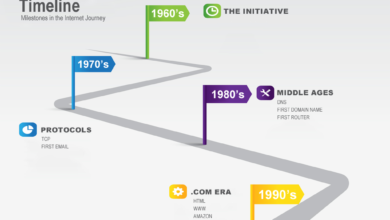WiFi vs LiFi Technology, What Is the Difference?
The world is very familiar with WiFi technology... what if every light bulb in the world could also transmit data!
Internet has become one of the best inventions in the modern world. It is even difficult to imagine how life would be in the absence of internet. Homes, schools, and businesses connect to the Internet today using a variety of different methods. One method, wireless Internet service, provides Internet access to customers without the need for underground copper, fiber, or other forms of commercial network cabling. WiFi and LiFi both are different technologies that are used to send and receive data wirelessly.
What is WiFi ?
WiFi, the short for “wireless fidelity,” is the name of a popular wireless networking technology for wireless local area networking with devices based on the IEEE 802.11 standards. It uses radio waves to provide wireless high-speed Internet and network connections.
What is LiFi ?
LiFi, the short for “light fidelity”, is a wireless optical networking technology for wireless communication between devices using light to transmit data. In its present state only LED lamps can be used for the transmission of visible light. It is a safer, greener and cheaper technology as it does not have any radio waves or any other type of waves.
Following poster mentions feature comparison between WiFi and LiFi technology.
To conclude
After carefully examining the above two technologies, it is quite evident that the new LiFi technology is not the replacement of WiFi technology. Both WiFi and LiFi has its own advantages and limitations. Although LiFi seems to be temptingly faster many people believe that LiFi will just remain as an alternative to WiFi and might not replace it completely.






